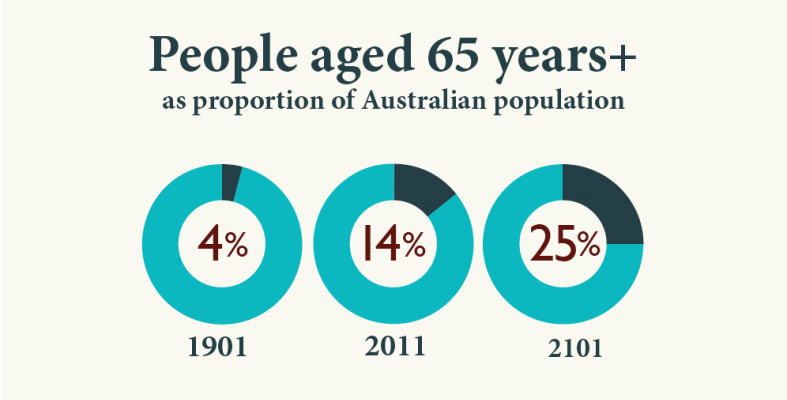Let’s Start with a question we are sometimes asked… What exactly is Labour Hire and how does it work?
Labour Hire is a simple concept. Basically, a labour arrangement is made whereby a Labour Hire Company (Third Party) outsources workers to the client’s business. This can be either on a temporary or permanent basis.
The workers are employed by the Labour Hire Company if they are placed on a temporary basis. Therefore, all renumeration and benefits owed to the employee are paid by the labour hire company. The employees are available over a wide range of industries and range from unskilled to very skilled.
What Are the Benefits?
Businesses with massive projects in the works require talent to execute the job on time. However, time is limited for most large companies. Labour hire provides quick and easy access to the best workers and so much more. A few additional benefits of using labour hire include:
- Cost Effective
Labour Hire ensures that the recruitment process is quick and pain free for the client. It saves money by eliminating costs for the client themselves. For example, advertising, CV screening, completing interviews and training is all provided by the labour hire agency.
Employees can be brought in on a temporary basis based on project requirements. There are two main reasons why labour needs keep fluctuating. These are:
- Employee Absences. Sometimes workers miss work for extended periods due to illness, annual and maternity leaves. Their absence creates a labour shortfall that needs to be plugged, requiring the hiring of new employees.
- Fluctuating workloads. Demand for products is always fluctuating; sometimes it’s low, other times it’s high. When demand is high, additional employees are required to help increase production capacity.
This also means that resources are not wasted unnecessarily by having permanent staff without a matching workload and demand.
Administrative costs are also reduced as all wages, superannuation, workers compensation insurance, payroll tax and record keeping is covered by the Labour Hire Company.
2. Saves Time
Instead of spending time locating a talent pool, Labour Hire companies have this readily available and ensure that they are fully equipped to match your needs when the time comes.
This saves time and energy, allowing the business to focus on the project itself.
3. Access to skilled workers
Labour Hire can make or break a business. Quality labour is paramount to a business’s success. With a quality workforce, even a business with a limited number of resources can compete favourably with the biggest companies.
Labour hire firms use a strict process to vet and hire workers. Background checks, full work history, and resume reviews are a part of this process. Companies can have peace of mind knowing that the quality of workers they receive is going to therefore be high.
Labour Hire companies also generally have a pool of candidates who are allocated to various clients based on their skill set. Therefore, they have a wealth of experience that they can bring within their industry. They can also often provide support to one off projects with organisations as they are able to bring skills that are lacking in house.
4. Specialised Recruitment
Labour hire companies are specialised in providing labour, it’s what they do. We understand the ins and outs of the labour market within all fields and industries. Utilising an expert to help you source workers for your business or project will ensure that you get the best employee to suit your specific needs. At Oz Labour Solutions, we have a number of recruiters who are experts within their own field and this is key to supporting our clients in a tailored way.
We recruit for the following construction roles:
- Electricians
- Plumbers
- 1st and 2nd Class Welders
- Steel Fixers
- Scaffolders
- General Labourers
- Skilled Labourers
- Dogmen
- Machine Operators
- Carpenters
- Demolition Labourers and much more.
For all your labour hire needs, please contact info@ozlaboursolutions.com for more information or give us a call on 0417364455.



